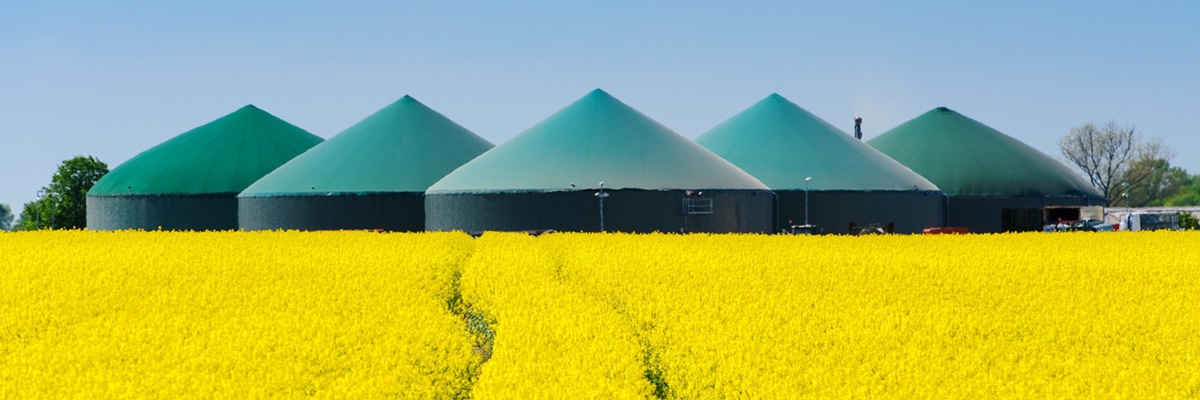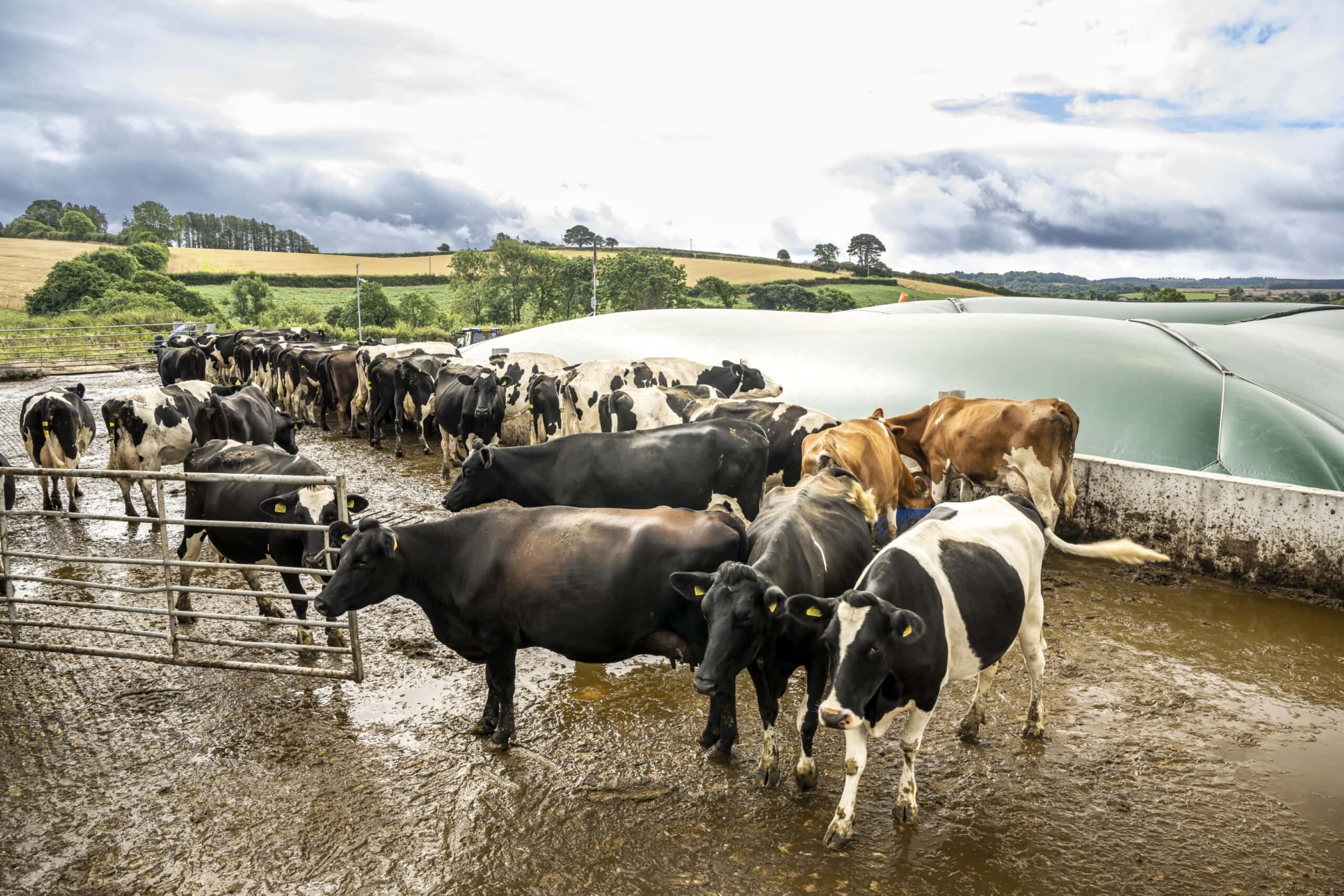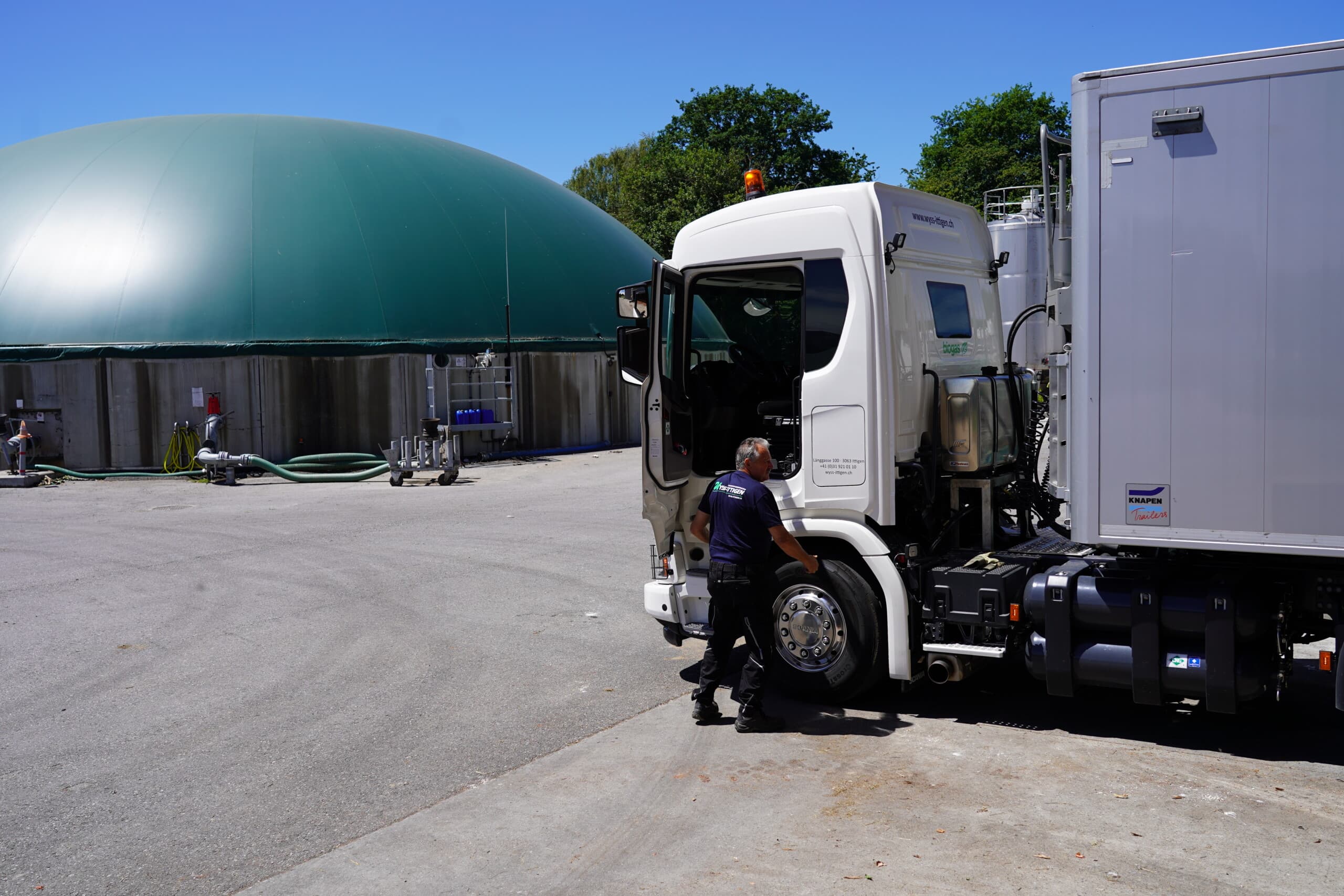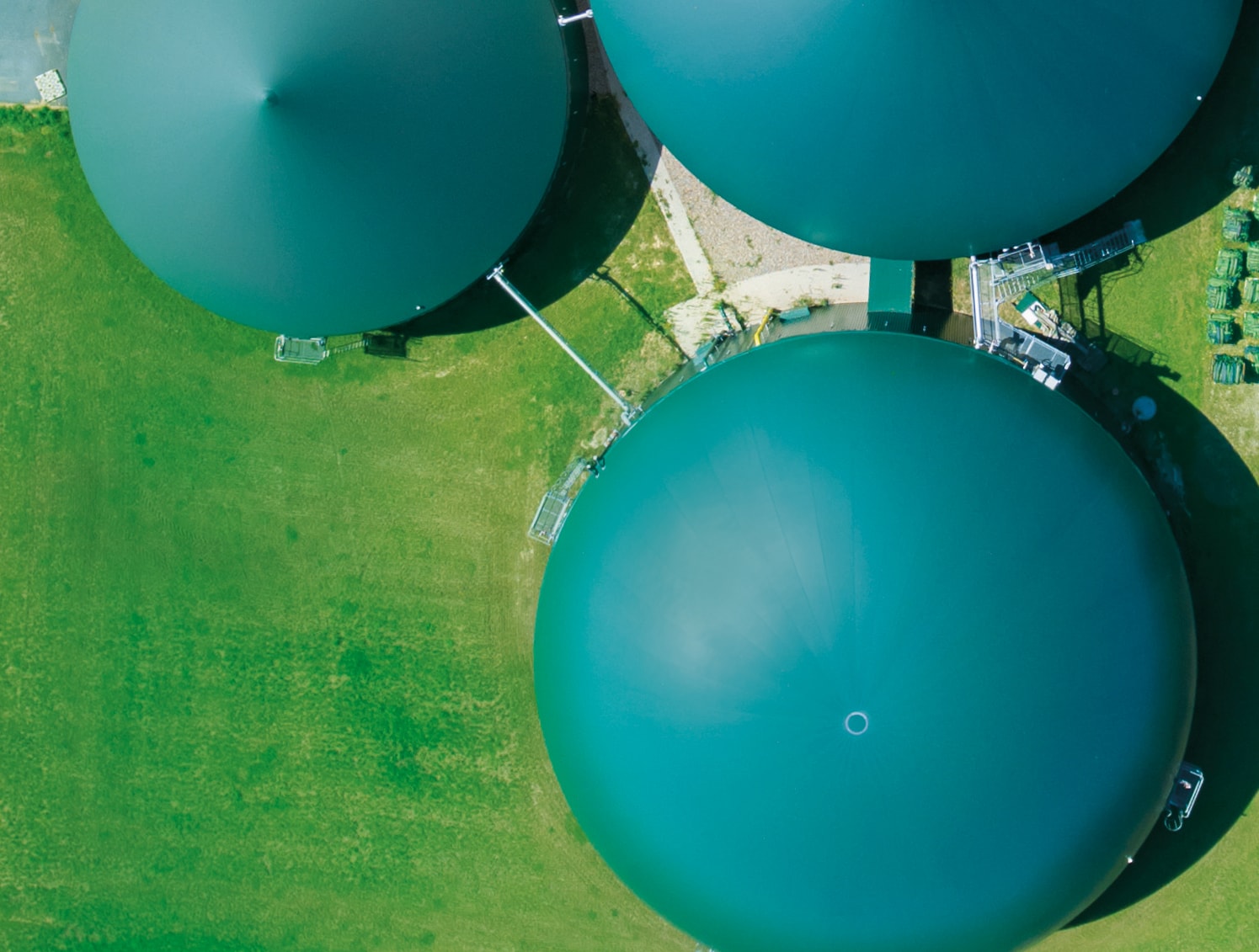Portal for more climate-friendly mobility

Clarity to be established by 2030
Switzerland is revising its subsidy model for agricultural biogas plants. This will finally clarify the situation with regard to potential investment plans. Compared to the rest of Europe, Switzerland is no longer a pioneer in this area, however: a record number of new biogas plants have gone into operation elsewhere in the continent.
 Agricultural biogas plants are helping to dacarbonize across Europe, and in Switzerland their support until 2030 is now being reorganized. Source: New Holland
Agricultural biogas plants are helping to dacarbonize across Europe, and in Switzerland their support until 2030 is now being reorganized. Source: New Holland
Anyone operating a biogas plant in Switzerland benefited from the feed-in tariff system (EVS) – formerly KEV. This is now to be replaced by the revised Energy Promotion Ordinance by 2030 at the latest. The new ordinance will come into force as early as January 2023. Investment costs are now taken into account by means of a non-returnable contribution, and there is also an operating cost contribution that can be applied for in connection with biomass plants.
This sounds positive and could help to push ahead with the construction of the additional biogas plants that are urgently needed in Switzerland so as to be able to exploit the full potential of biogas for the decarbonisation of the heating market and in the area of mobility. Yet even with the contributions now set by the Confederation, economic operation of agricultural biomass plants will remain challenging according to the Swiss green power association Ökostrom Schweiz. The new subsidy model provides for a contribution to operating costs for biomass plants per kilowatt-hour fed in. The highest contribution – up to 29 centimes per kWh – is made when only agricultural biomass is fermented, such as slurry, manure and organic residues. Whether or not this and the investment contribution of up to 50% are really enough to push the expansion of agricultural biomass plants remains to be seen.
 In Switzerland, biogas plants are sometimes even supplied with new substrate in a CO2-neutral way, as the example of the CNG Scania with biogas in the tank shows. Source: CNG-Mobility.ch
In Switzerland, biogas plants are sometimes even supplied with new substrate in a CO2-neutral way, as the example of the CNG Scania with biogas in the tank shows. Source: CNG-Mobility.ch
A new Energy Act is currently being debated in parliament and due to come into force in 2025: effective action must finally be taken here, for example by incorporating combined heat and power, which is the best way to make use of sustainable biogas in addition to mobility. After all, only around five per cent of the total biomass potential is currently used in Switzerland. As the latest statistical report of the European Biogas Association (EBA) shows, the figures for Europe are much more encouraging. “The biogas and biomethane sector has already delivered 18.4 billion cubic meters of renewable gas to Europe,” predicts Harmen Dekker, CEO of EBA. “In the medium term, our sector is a cornerstone of the REPowerEU strategy, which includes the provision of 35 billion cubic meters of sustainable biogas per year by 2030 to mitigate climate change and strengthen the EU’s strategic autonomy.” According to Dekker, it will even be possible to supply up to 167 billion cubic meters by 2050, which would cover an impressive 62% of the EU’s total gas needs.
“The demand for biogas is high for all end uses: last year, the sector recorded unprecedented growth with an increase in production of 20% and a total volume of 3.5 billion cubic meters,” says the CEO of EBA proudly. Incidentally, even greater growth is expected for 2022, as a record of 184 new biogas plants started production across Europe last year or went into operation in 2022.
The use of renewable gases makes a major contribution to meeting climate targets, but also to the EU’s independence from natural gas imports. In addition, the costs of biogas production have been further reduced. As such, it is obvious that the acceleration of European biogas production and the acceleration of the transition to clean energy not only ensures greater energy security but also helps stabilise the currently extremely volatile gas prices. The EBA statistical report impressively reflects the development of the promising biogas sector, as well as providing detailed information on the production and use of biogas and biomethane across Europe. (pd/jas, 22 December 2022)
 The number of biogas plants should increase throughout Europe in order to increase the security of supply with regional energy. Source: “Gas for Climate”
The number of biogas plants should increase throughout Europe in order to increase the security of supply with regional energy. Source: “Gas for Climate”
You might also be interested in

Shell Starship on record hunt
